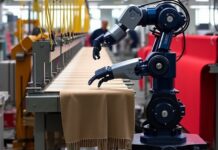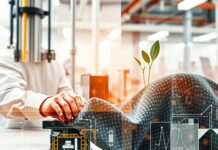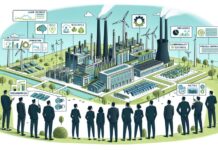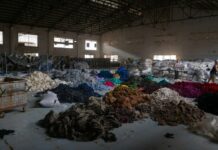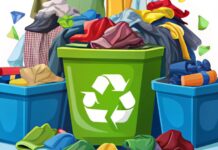Dutch sustainable chemistry company Avantium has introduced a revolutionary method for recycling polycotton textile waste, enabling the separation and reuse of both cotton and polyester fibers. This innovative fibre-to-fibre recycling solution aims to tackle the growing issue of textile waste and marks a milestone in sustainable textile production.
Developed in collaboration with the Industrial Sustainable Chemistry group at the University of Amsterdam and spearheaded by Avantium’s Chief Technology Officer, Gert-Jan Gruter, the process utilizes hydrochloric acid to efficiently convert the cotton fraction of polycotton blends into glucose while preserving the polyester for reuse. This transformative dual-recycling capability, detailed in the scientific journal Nature Communications, is an industry first.
The process works by treating polycotton material with concentrated hydrochloric acid, which fully hydrolyzes the cotton cellulose into glucose. The polyester component is left intact and easily recoverable for recycling. The resulting glucose can serve as a versatile raw material for multiple applications, including the production of polymers, resins, solvents, and Avantium’s signature product, 2,5-furandicarboxylic acid (FDCA).
Avantium’s new technology leverages its existing Dawn Technology, which converts non-food plant-based materials into glucose and lignin. Successful trials conducted at Avantium’s laboratories and its pilot plant in Delfzijl have demonstrated the process’s effectiveness on post-consumer polycotton waste. These trials achieved high glucose recovery rates, suggesting the method is scalable and cost-effective.
With global textile production expected to reach 149 million tons by 2030 and current recycling rates below 1%, Avantium’s innovation offers a sustainable solution for the industry’s transition toward a circular, low-carbon economy. The technology aligns with increasing regulatory pressure on producers to manage textile waste responsibly, paving the way for a cleaner and more sustainable future.












